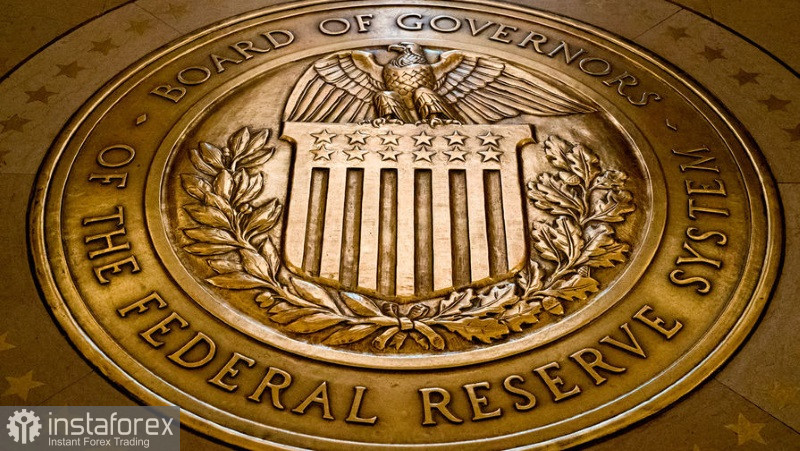The euro is facing growth issues despite buyers of risky assets being very active on Friday. Comments from US politicians quickly tempered their enthusiasm. On Friday evening, Michelle Bowman, a member of the Fed Board of Governors, stated that the US central bank might need to raise rates further to fully achieve price stability. "The US Federal Reserve will likely need to raise interest rates further to bring down inflation," Bowman said, referring to the Open Market Committee's expectations.

Bowman also emphasized her full support of the rate increase that took place at the meeting last month. Even though recent data shows a slowdown in price growth, Bowman wants more evidence of consistent disinflation. She said that the recent dip in inflation was a positive sign. However, she is looking for further evidence that inflation is consistently moving towards a 2% target. For this reason, she sees the potential need for further rate hikes and expects rates to stay at their peak for a long time. She will also be watching for signs of a slowdown in consumer spending and weakening labor market conditions.
Notably, July's rate hike pushed the key rate to a range of 5.25% to 5.5%, the highest in 22 years. An average estimate from Federal Reserve officials, published in June, pointed to two more hikes this year, with the first one implemented after the increase last month.
Bowman supposes that policymakers will evaluate incoming data and should be prepared to raise rates in the future if inflation does not halt. The Federal Reserve will hold three more policy meetings in 2023, with the next one in September.
Last Friday, the US Department of Labor released a report on non-agricultural employment numbers, which only increased by 187,000 last month, less than expected. Meanwhile, the unemployment rate surprisingly dropped to 3.5%, one of the lowest in decades.
After the employment data release, two Federal Reserve officials commented that the slower US employment growth indicates the labor market is returning to equilibrium, which they have long sought. They suggested that the central bank might need to consider the period of elevated interest rates. Raphael Bostic, President of the Federal Reserve Bank of Atlanta, expects the economy to slow down, and this number—187,000—confirms his expectations.
The President of the Federal Reserve Bank of Chicago, Austen Goolsbee, also stated that policymakers needed to be patient during the disinflation process. He hopes the central bank can reduce inflation to the 2% target without causing a recession. According to him, the Federal Reserve will soon need to consider how long to keep interest rates at a restrictive level.
In response, the euro and the pound sterling rose, while the US dollar weakened.
Regarding today's technical picture for EUR/USD, pressure on the euro has returned. To regain control, buyers should keep the price above 1.0970. This would pave the way to 1.1040. From there, the price may climb to 1.1100. However, it would be quite difficult without support from major traders. If the pair drops, I expect significant action from major buyers only around 1.0970. If they fail to be active, it would be wise to wait for a low of 1.0915 or consider long positions from 1.0870.
Meanwhile, pressure on the pound sterling has also returned. The pound sterling will rise only after bulls gain control over the 1.2735 level, which still needs to be reached. Regaining this range will boost hopes for a recovery to 1.2780, after which we can talk about a surge to around 1.2840. If the pair falls, bears will attempt to take control over 1.2690. If they succeed, a breakout of this range will hurt bulls' positions and push GBP/USD to a low of 1.2660, with the potential to drop further to 1.2620.
 English
English 
 Русский
Русский Bahasa Indonesia
Bahasa Indonesia Bahasa Malay
Bahasa Malay ไทย
ไทย Español
Español Deutsch
Deutsch Български
Български Français
Français Tiếng Việt
Tiếng Việt 中文
中文 বাংলা
বাংলা हिन्दी
हिन्दी Čeština
Čeština Українська
Українська Română
Română

